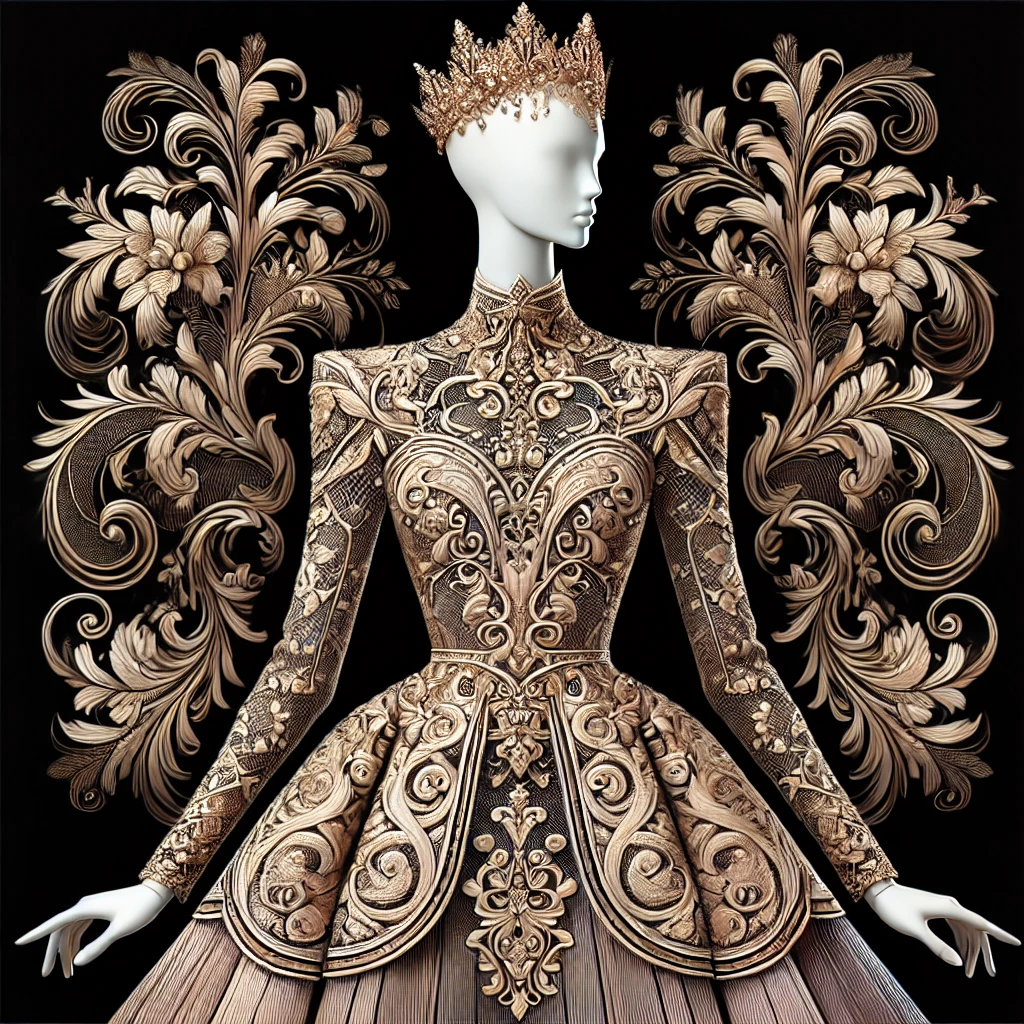Banon, a charming village nestled in the Provence region of southeastern France, is not only known for its famed cheese but also for its rich and diverse cultural traditions. The Banon Culture Agenda is a celebration of this small yet culturally significant area, highlighting its festivals, art, history, and deep connection to Provençal traditions. This article delves into the vibrant cultural life of Banon and how it continues to preserve and promote its unique heritage.
What is the Banon Culture Agenda?
The Banon Culture Agenda is a collection of events, festivals, and cultural programs that represent the heart of Banon’s community spirit. This agenda includes annual fairs, arts exhibitions, traditional Provençal events, and gatherings that celebrate the region’s deep-rooted customs. It serves as a way to preserve Banon’s culture, invite visitors to experience it firsthand, and create a connection between the past and present.
The Importance of Cultural Preservation:
Cultural preservation plays a crucial role in keeping Banon’s heritage alive. Like many rural areas in France, Banon faces the challenge of modern influences, yet the village has remained committed to preserving its local traditions. This echoes the principles of Cultural Resource Management, which seeks to protect and maintain cultural heritage sites and practices around the world. By safeguarding their cultural identity, the people of Banon can ensure that future generations continue to experience and appreciate their traditions.
Festivals and Events in the Banon Culture Agenda:
The Banon Culture Agenda is marked by a range of events that showcase the region’s rich traditions. Here are a few key highlights:
-
The Fête du Fromage (Cheese Festival):
Banon is famous for its goat cheese wrapped in chestnut leaves, and the Fête du Fromage is an annual event that celebrates this culinary tradition. Local farmers and artisans gather to showcase their products, accompanied by traditional music and dance performances, making it a must-visit for food lovers and cultural enthusiasts.
-
Provençal Traditions Fair:
This event pays homage to Banon’s Provençal roots, featuring traditional costumes, handicrafts, and folkloric music. Visitors can witness demonstrations of ancient crafts such as weaving, pottery, and soap making, offering a glimpse into the historical practices that shaped the region’s identity.
-
Art Exhibitions:
Throughout the year, local galleries and community centers in Banon host art exhibitions that feature works from regional and national artists. These exhibitions cover a range of artistic expressions, from painting to sculpture, often focusing on the landscape and lifestyle of Provence.
-
Seasonal Celebrations:
The cultural calendar is also filled with seasonal events, such as Christmas markets and Easter parades. These gatherings highlight the tight-knit community and their dedication to maintaining their local customs, blending religious observances with folkloric elements.
Banon’s Artistic Heritage:
Banon’s cultural scene is deeply tied to its natural beauty. The rolling hills, lavender fields, and historical architecture have inspired artists for centuries. Local artists often reflect the village’s stunning surroundings in their work, using vibrant colors and impressionistic techniques that evoke a sense of serenity and tradition.
The Black Culture Traditions found in communities around the world offer a rich comparison to Banon’s focus on preserving heritage through the arts. Both showcase how art and tradition serve as critical components of cultural identity. In Banon, the interplay between nature and artistic expression is ever-present, drawing visitors who appreciate not only the beauty of the region but also the depth of its cultural roots.
The Role of Cultural Resource Management in Banon:
Much like Cultural Resource Management, which focuses on protecting heritage sites globally, Banon’s cultural preservation efforts are a testament to its commitment to safeguarding its history and traditions. The restoration of historical buildings, conservation of art, and organization of cultural festivals reflect a broader goal to protect the intangible aspects of its identity, ensuring that Banon remains a cultural treasure for future generations.
Preserving Provençal Traditions in the Modern World:
One of the most fascinating aspects of Banon’s culture is its balance between preserving its heritage and embracing the modern world. The town has managed to keep its traditions alive while adapting to contemporary influences. This balancing act is critical in a world where globalization often dilutes cultural identities.
In Banon, this is achieved through education, where younger generations are taught traditional crafts, language, and customs. The Banon Culture Agenda provides an excellent platform for this knowledge transfer, offering workshops, demonstrations, and interactive sessions for both locals and visitors.
Why Banon’s Cultural Agenda Matters:
The Banon Culture Agenda goes beyond merely organizing events. It serves as a living document of the region’s past and present, bringing together the community and its visitors to celebrate a shared love for tradition, art, and history. In a world where local cultures are increasingly at risk of fading away, Banon’s efforts stand out as a shining example of how cultural heritage can be preserved and appreciated.
FAQs:
1. What is the Banon Culture Agenda?
The Banon Culture Agenda is a series of cultural events, festivals, and activities that showcase the traditions and heritage of Banon, a village in the Provence region of France. It includes cheese festivals, art exhibitions, and traditional Provençal fairs.
2. Why is Banon famous?
Banon is best known for its cheese, especially its goat cheese wrapped in chestnut leaves, but it’s also famous for its strong cultural heritage, celebrated through events and festivals highlighted in the Banon Culture Agenda.
3. How does Banon preserve its cultural heritage?
Banon preserves its cultural heritage through events, education, and community involvement, focusing on passing down traditional crafts, music, art, and customs to younger generations. Its cultural agenda plays a key role in this preservation.
4. What is Cultural Resource Management?
Cultural Resource Management (CRM) is a practice that focuses on the preservation and protection of cultural heritage sites, artifacts, and traditions. In Banon, this concept is reflected in the community’s efforts to safeguard its historical buildings, traditions, and art.
5. Are there any annual festivals in Banon?
Yes, Banon hosts several annual festivals, such as the Fête du Fromage (Cheese Festival) and the Provençal Traditions Fair, both of which are key components of the Banon Culture Agenda and celebrate the village’s unique heritage.
Conclusion:
The Banon Culture Agenda is more than just a list of events; it’s a living testament to the village’s enduring dedication to preserving its cultural heritage. From its world-renowned cheese festivals to its vibrant art exhibitions and traditional Provençal fairs, Banon stands as a beacon of cultural preservation in a rapidly changing world. The community’s efforts to balance tradition with modernity ensure that Banon’s rich history and unique customs will continue to thrive for generations to come.





